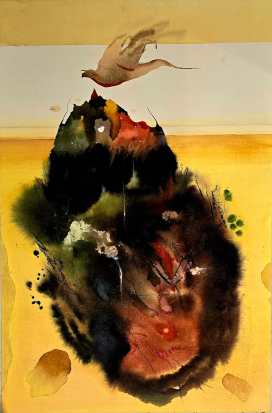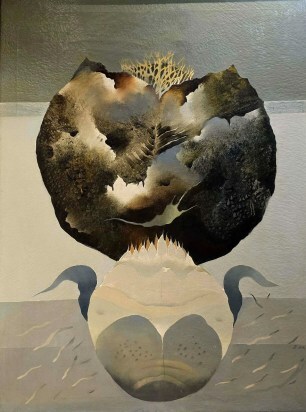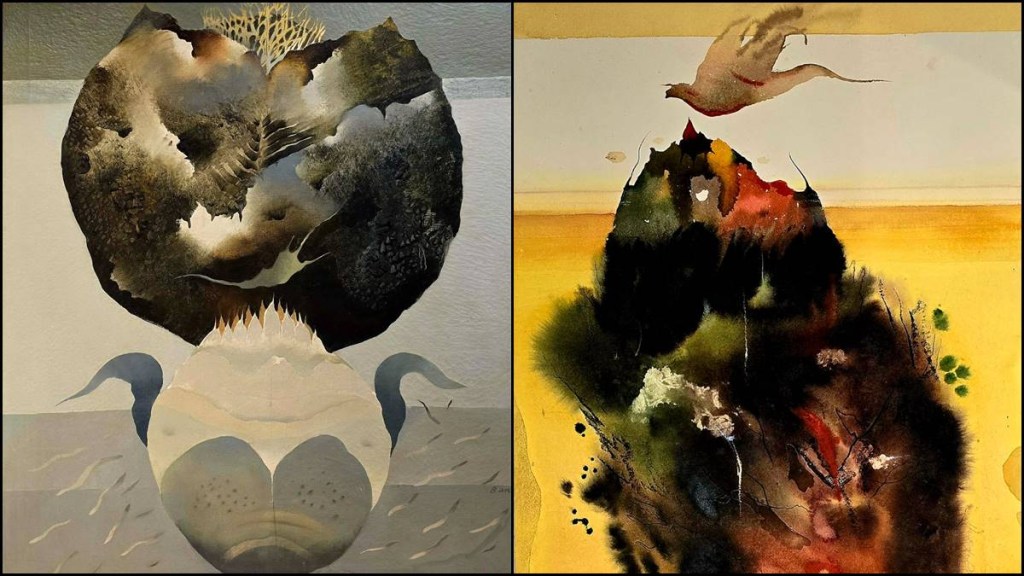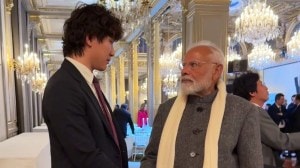In the post-independence art landscape of India, most artists leaned towards figurative styles, drawing inspiration from mythology, folklore, and realism. However, Bimal Das Gupta, a visionary ahead of his time, chose to chart a different course. He became one of India’s earliest abstractionists, forging a path that few had dared to tread during the 1940s. His work helped reshape the country’s artistic landscape, establishing a legacy that would influence future generations.
This legacy is being celebrated in the upcoming exhibition Bimal Das Gupta: Tutelage – An Ode to a Legend, which will be held at Travancore House, New Delhi, from November 8-10, 2024. Presented by Dhoomimal Gallery and Gallery Silver Scapes, the exhibition offers a rare chance to view the most comprehensive collection of Das Gupta’s works, spanning five decades of his career. It brings together paintings from pivotal phases of his artistic journey, highlighting his pioneering experiments in abstraction.
An alumnus of the Government College of Art and Craft in Calcutta, Das Gupta made a bold shift to New Delhi early in his career. His journey as an artist took a turn when he developed an allergy to oil paints. Instead of seeing this as a setback, Das Gupta used the challenge as an opportunity to explore new mediums. He began experimenting with watercolours and acrylics, and through these, he revolutionized the Indian art scene.

In New Delhi, where Das Gupta worked as an art director for the British war magazine Victory, his fascination with abstraction took shape. He became one of the earliest Bengali artists to step away from the prevailing trends of figurative and mythological art. In a time dominated by traditional forms, his bold and original abstraction stood out, setting him apart from his contemporaries.

Das Gupta’s art wasn’t merely about abstraction for the sake of form. His paintings were deeply philosophical, often exploring the underwater world, the cosmos, and aspects of Tantra philosophy. His use of earth tones, combined with fearless experimentation, resulted in works that continue to captivate collectors. His abstract forms, infused with an elemental connection to the universe, carried a profound depth and timeless appeal.
What further set Bimal Das Gupta apart was his generosity of spirit. Throughout his career, he supported and mentored emerging artists, leaving a lasting impact on the Indian art community. Notable contemporary artists such as Paresh Maity and Sanjay Bhattacharya owe a part of their artistic development to his guidance. His influence extended beyond his canvases, helping shape the trajectory of Indian abstractionism.
Das Gupta’s work also attracted prominent patrons during his lifetime. Former Prime Ministers Inder Kumar Gujral and V. P. Singh recognized his genius. Gujral inaugurated Das Gupta’s solo exhibition at the India International Centre in 1986-87, and V. P. Singh, after stepping down as Prime Minister in 1990, sought out Das Gupta to learn the art of painting himself. These relationships highlight the artist’s immense popularity and the respect he commanded.
Now, nearly three decades after his passing in a tragic road accident in 1995, Das Gupta’s legacy is being celebrated in this major exhibition. Titled Bimal Das Gupta: Tutelage – An Ode to a Legend, the exhibition will feature works from the most defining periods of his career, offering the most comprehensive collection ever presented.
The exhibition will also be accompanied by a publication featuring essays by top art critics in India. Along with curated walkthroughs, talks, and conversations, it will offer art lovers a unique opportunity to engage with the rich legacy of Bimal Das Gupta.
As India’s first true abstractionist, Bimal Das Gupta’s contributions to modern art remain unparalleled. His works continue to inspire, and his influence on subsequent generations of artists has only grown stronger with time. This exhibition will serve as a fitting tribute to a man whose life and work transcended the canvas, leaving an indelible mark on the world of art.








